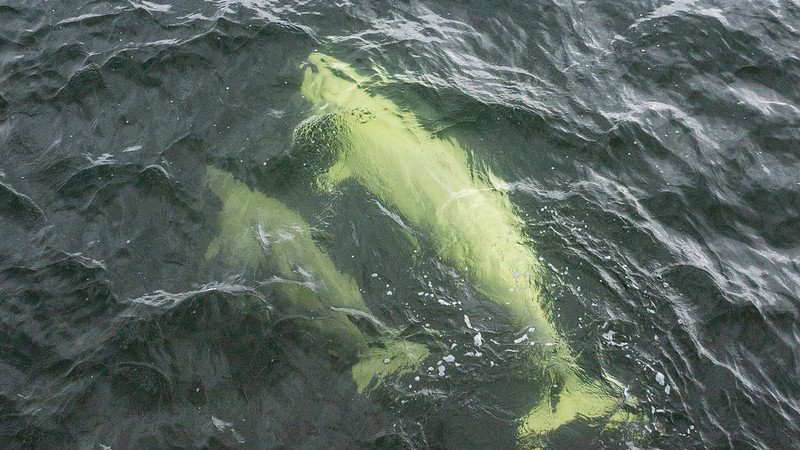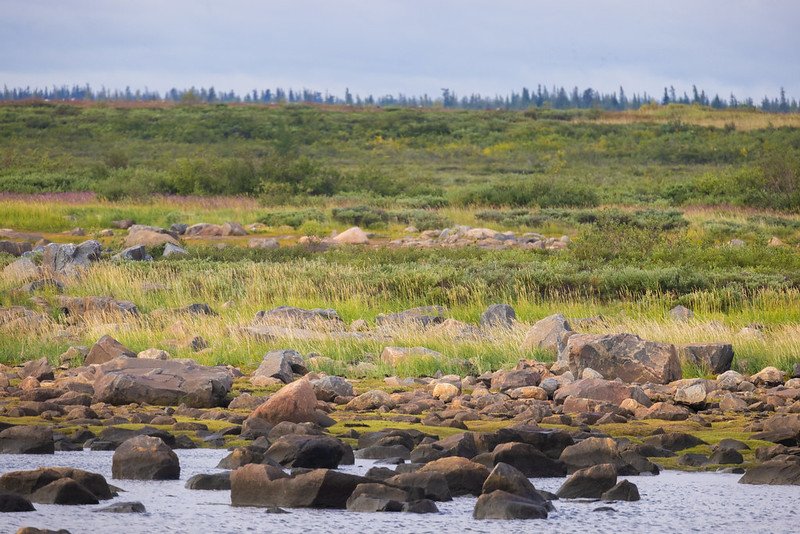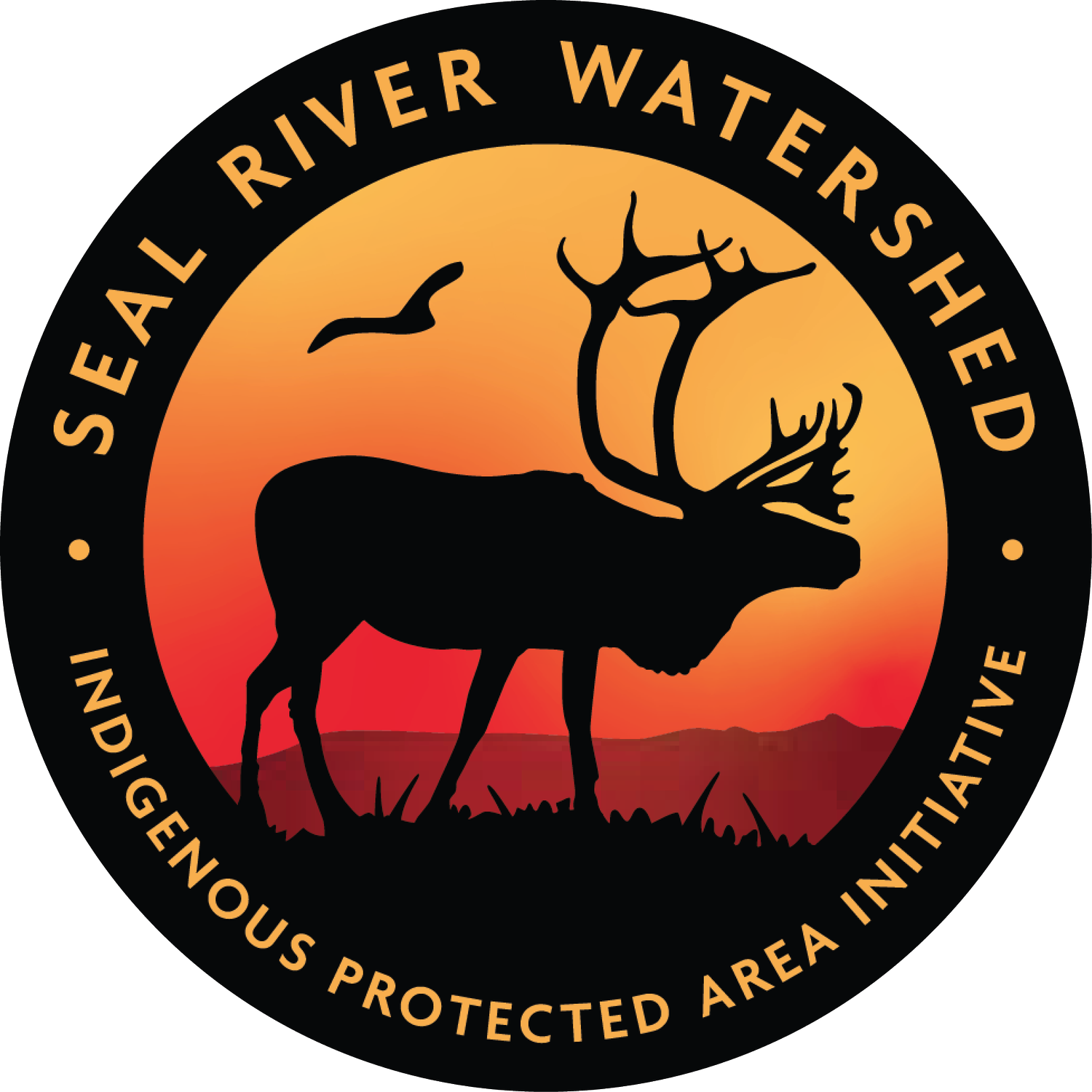
Share Your Input
Is a national or provincial park one of the tools that community members want to use as we create the Seal River Watershed Indigenous Protected Area?
Community Meeting & Supper
The Seal River Watershed Alliance is hosting community meetings in the coming weeks.
We have invited Parks Canada and the Manitoba Government to talk about the different ways that they can possibly help us protect the Seal River Watershed.
This is our time to ask questions and share feedback. Our Nations are not negotiating or making any decisions right now.
Upcoming events
-
Urban Alliance Member Meeting
October 3
Time: 5:30
Churchill Meeting
-
O-Pipon-Na-Piwin Cree Nation
October 9
Time: 5:30
Thunderbird School Gym
-
Urban Alliance Member Meeting
October 10
Time: 6:00
Thompson Meeting
-
Urban Alliance Member Meeting
November 12
Time: 6:00
Winnipeg Meeting
-
Tadoule Lake
September 12
Time: 5:30 - 8:00
Band Hall
-
Lac Brochet
September 10
Time: 5:30 - 8:00
Petit Casmir Memorial School
-
Barrenlands First Nation
August 1
Time: 5:30
Band Hall

Moving Forward with Our Vision
Community members in all four Nations have expressed strong support for creating the Seal River Watershed Indigenous Protected Area (IPA). Now we are exploring what tools to use to realize our vision for our lands and waters.
A national park could be one of those tools, and we want to know what you think.
Where We Are in the Process
We are in an exploration phase—a time to ask questions and share feedback. Our Nations are not negotiating or making any commitments right now.
This process was kicked off in January, when our four Nations signed an agreement with the Government of Canada and the Manitoba Government. The agreement provides interim protections for the watershed while we work in a Nation-to-Nation-to-Nation way to study the feasibility of creating a protected area in the watershed.
A New Way of Working with the Crown
National parks have long been used to remove Indigenous Peoples from our land and ban our cultural traditions. Today, Parks Canada acknowledges its pattern of colonial decision-making. It is committed to ensuring Indigenous Nations are true partners from the beginning.
SRWA has already asserted a new way of working together. Instead of Crown Governments deciding what they think should happen in the watershed, our Nations determined our vision for the land and approached Crown Governments in the spirit of Nation-to-Nation-to-Nation partnership. And instead of Parks Canada coming here to check a box for community consultation, SRWA is ensuring our Nations’ views are guiding this process and expressing self-determination at every step of the way.
What Comes Next
There will be community meetings in all four SRWA Nations, and community members can continue giving your feedback. The SRWA, Manitoba Government, and Government of Canada will gather input, conduct research and share findings in the coming months.
At the end of the study period, our four Nations will decide if and how we want to move forward. We will guide the Crown Governments in developing terms of reference for negotiations. And we will retain the right to walk away at any time.
Our four Indigenous Nations will determine if and when a proposed national park reflects our Dene and Cree values and laws.
Thaidene Nëné: An Indigenous-led Way to Create Parks
The Łutsël K’e Dene First Nation (LKDFN) led the creation of Thaidene Nëné in the Northwest Territories. In the past, the Nation had rejected Canada’s efforts to create a national park, because it wouldn’t be big enough or respect Dene ways. In recent years, LKDFN began exploring new, Indigenous-led ways to protect lands.
In 2019, LKDFN signed an agreement with Parks Canada and the Government of the NWT to protect 26,376 sq km of land. The entire area is an Indigenous Protected Area. Parts of it are also designated as a national park, territorial park, and wildlife conservation area.
“Instead of the old approach in which Canada engineered a program and delivered it to Indigenous Peoples, we co-created an agreement, and we will co-manage it together.”
Frequently Asked Questions
-
Indigenous Protected Areas (IPA) take many forms, but they share common elements:
They are Indigenous led.
They represent a long-term commitment to conservation.
They elevate Indigenous rights and responsibilities.
-
A national park reserve is a protected area that is subject to one or more Indigenous land claims. Indigenous Nations continue to use the land for traditional hunting, fishing, and trapping.
-
Yes. Rights holders can continue to hunt, trap, fish, and use the lands and waters in traditional ways in any kind of protected area we establish.
-
The Sayisi Dene First Nation, Northlands Dene Nation, Barren Lands First Nation, and O-Pipon-Na-Piwin Cree Nation will determine the future of our lands and waters.
Right now, our Nations are working with Parks Canada and the Manitoba Government to explore whether a national park reserve is a good tool to protect the watershed. At every step in the process, our Nations will decide how to proceed. And we will only move forward if the proposal reflects the values, laws, and vision of our Nations.
-
Because the park would be established with a Nation-to-Nation-to-Nation approach, our Nations will negotiate the terms for park management—including who sits on the decision-making committees. And we would draft a management plan that, unlike old national park plans, respects Dene and Cree worldviews and laws.
SRWA is ensuring our Nations express self-determination at every step of the way—including in the ongoing management of a proposed park.
-
Protecting the land according to Indigenous knowledge has been proven to create jobs and boost regional economies. The SRWA Land Guardians program, for instance, has already provided 5 full time jobs and 8 part time jobs between our 4 Nations..
A national park designation would bring added, permanent funding to help support stewardship, including for Land Guardians, knowledge keepers, and administrators.


